Sweater Season: All About Ease

[Cheryl Toy's Glenwood, from Spring 2020]
Okay, we admit it: we're both die-hard sweater knitters, and we think pretty much any time of the year is sweater season. But, both of us have a penchant for starting new projects in this after-holiday time, as a moment to reflect and start to focus on something a little longer-term after our frenzied needles knit gifts for friends and relatives. It's still deep enough in the winter that there's plenty of time to wear the FO, and we're able to imbue it with hopes, dreams, and plans for the year ahead. As we've been working on sweaters for our upcoming Deep Winter collection, we've been thinking about some of our favorite sweater knitting tips and tricks from now, well, a lot of years and a lot of sweaters. We'll be sharing them with you over the next few weeks, in the hopes that some of them may help your first sweater projects of 2021, whether they're your first sweaters or your hundredth. See the full series here. Looking for an H+W sweater to start your year off right? Find the full set here.
Sizing, Part 2: All About Ease
There's a decent chance that "ease" is the most misunderstood word used to describe garment sizing—and for good reason! (The second is the phrase "to fit busts..." and the third is "at the same time," by the way....) But understanding ease—what it is, how to think about it, and where it matters in a garment—is critical to getting a sweater that fits you well. So, here are a few key principles to keep in mind when you think about ease in your sweaters, and how to choose the right size every time.
As a technical matter, ease is the difference in circumference between the part of the body a piece of a garment goes around and the garment itself. You'll typically see this expressed as "positive" or "negative" ease at a certain point on the body, something along the lines of "pullover shown measures 39" with 3" of positive ease at the bust." In plain language, this means you're looking at a sweater that measures 39" at the bust, shown on a person with a full bust measurement of 36". This is sometimes referred to as the "recommended ease" given in the pattern.
Unfortunately...that's all it tells you. It tells you nothing about the relationship between the model's hips, bust, waist, bicep, etc., and nothing really about whether the garment is, overall, too small, too big, or just right for her body. We can assume that the model is wearing the sweater "about" how it's "supposed" to fit, but, that's not always true, for a variety of reasons.
So, what can we do with the recommended ease number? Garment sizing in the vast majority of knitting patterns is expressed as a finished bust measurement, which means that probably, when we're picking a size, we're looking for the size that's closest to our (accurate!) full bust measurement plus the recommended ease as a starting point. But what else do we need to know to really understand what that amount of recommended ease means, and how we should think about that in sizing our sweaters?
- The silhouette of the sweater determines whether we care most about ease at the hips or the bust. Cheryl Toy's wonderful Glenwood sweater, pictured above, is a dolman sleeve sweater, which means it has a ton of ease at the bust—and that fit at the bust doesn't matter very much. Getting enough ease at the hip to give the sweater some swing and flow is what matters for these kinds of sweaters (drop shoulders are in this category too), whereas ease at the bust matters much more for set-in sleeves, raglans, and yokes.
- To make a sweater feel genuinely oversized, you need more ease than you think. A lot more. Another way to think about this is if you have the sweater on, and you pinched it at the edges of your bust, how much extra fabric would you have? Three to five inches (the amount of extra sweater on each side for 12-20" of positive ease total) is not all that much, and I’m betting there’s a decent chance you have one or more ready-to-wear sweaters in your closet that measure about this way.
- Don't forget to check the ease at the bicep! This is somewhat counterintuitive, but most of us look best in sleeves that are relatively close fitting, so if you're making an oversized sweater, make sure you've checked to make sure that the sleeves themselves are still going to fit well.
We've got a whole bunch of our favorite sweater-knitting insights to share over the next few weeks, but we'd love to hear yours! Drop us a line at info@hudsonandwestco.com or in the comments below with your favorite sweater-knitting tip.
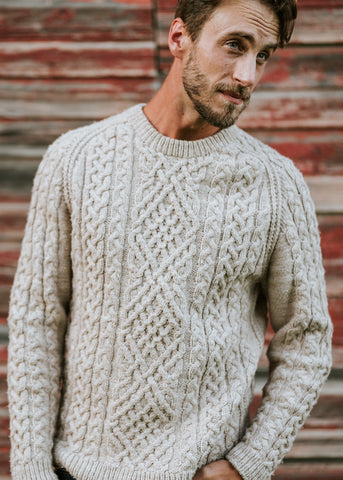
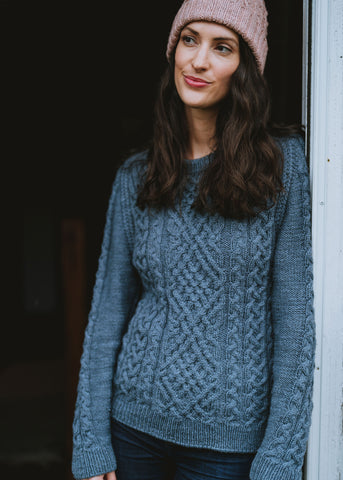
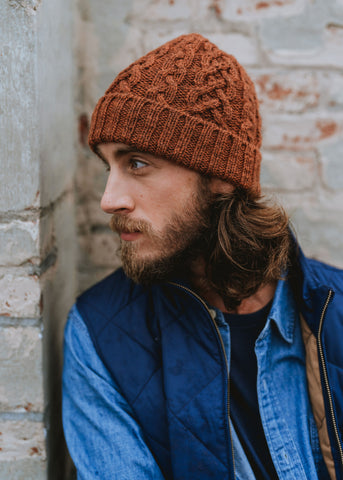
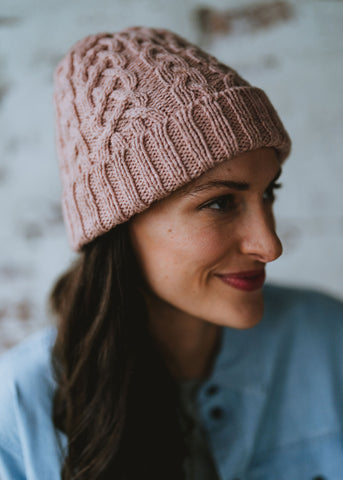
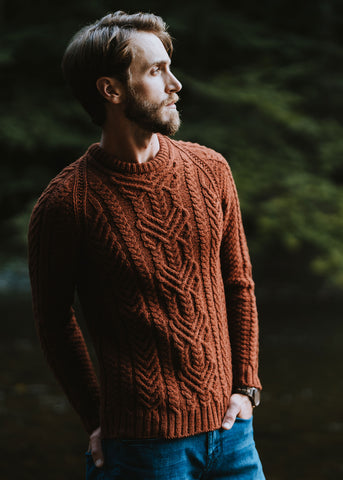
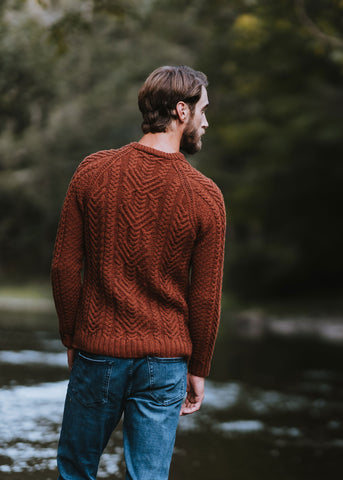



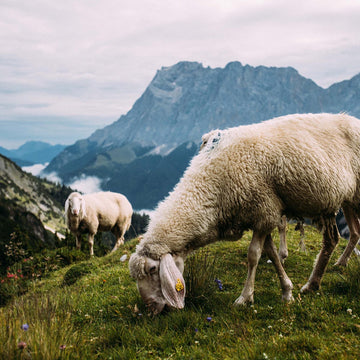
From the moment I reached out to them, their team exuded professionalism and empathy. They listened attentively as I recounted my harrowing ordeal, offering reassurance and guidance every step of the way. It took us only 18 hours to recover my entire pension which i initially lost.
their impact extended far beyond mere financial restitution. In the midst of despair, they provided a beacon of light, restoring my faith in humanity and reaffirming that goodness still exists in this digital wilderness. Their unwavering dedication to their clients is nothing short of commendable, and I am eternally grateful for their invaluable assistance. Just as i promised, i will always give reviews about them if i see a chance to, just incase theres anyone who is going through such situation like i did, below is there lines of communication.
Telgram: CRYPCOINSS,
COINSRECOVERYWORLDWIDE [AT] GMAIL . COM
#cryptocurrency #forex #fx #investment #etherium #bitcoins #wrong investments #how do i recover bitcoin? #victimofwronginvestmenthowdoiwithdrawmycoins? #cryptoscams
website:https://bubaherbalmiraclem.wixsite.com/website
Facebook page ;https://www.facebook.com/profile.php?id=61559577240930
DOCTOR Moses Buba CAN AS WELL HELP THE FOLLOWING PROBLEMS
1. HIV/AIDS SPELL
2. HERPES SPELL
3. CANCER SPELL
4 IF YOU WANT YOUR EX LOVER BACK SPELL
5 IF YOU NEED A BABY SPELLhim to solve
6 LOW SPERM COUNT SPELL
get all your problem solve. No problem is too big for him to solve.